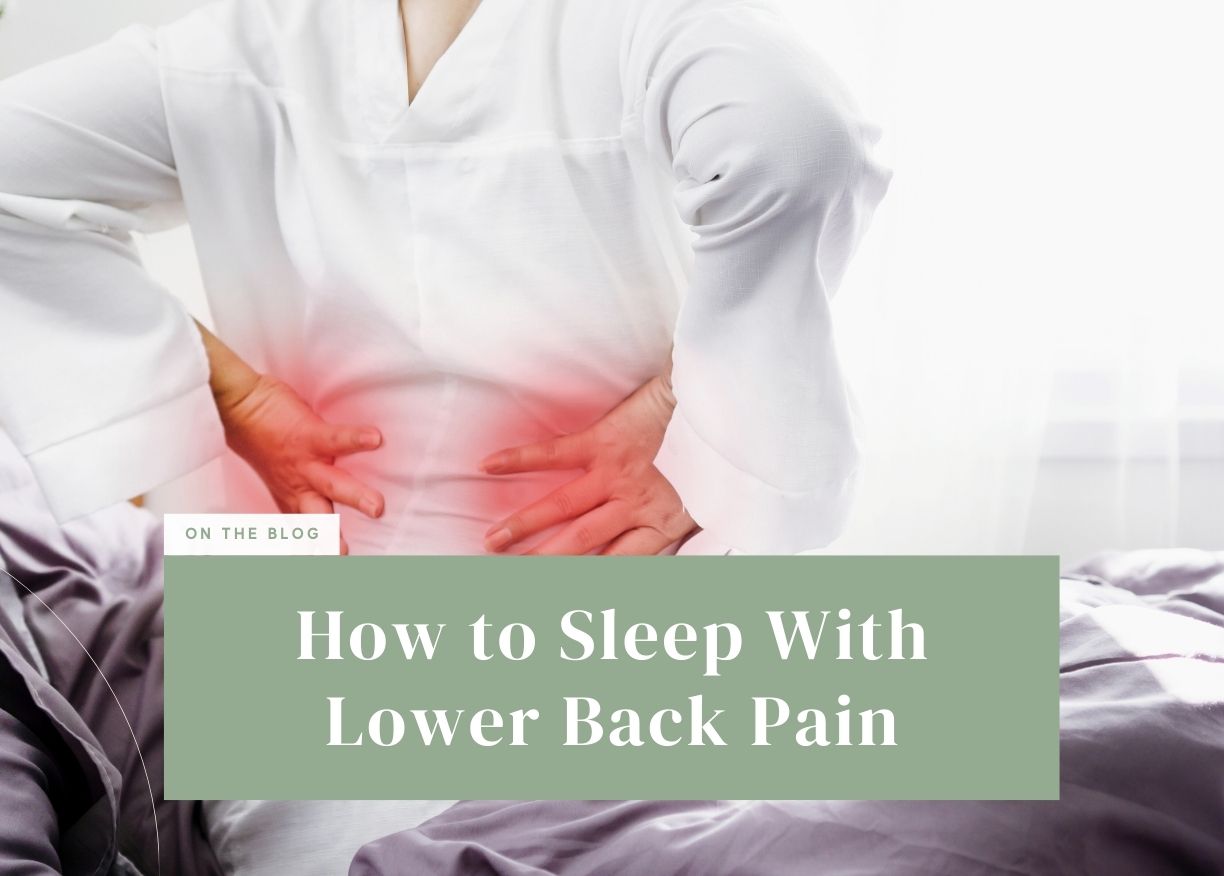How to Sleep With Lower Back Pain
You climb into bed, hoping for relief.
But instead of sinking into rest, you toss, shift, and wince.
The pain follows you no matter how you turn.
Morning comes, and instead of feeling restored, you feel like you’ve fought through the night.
If this sounds familiar, you’re not alone. Lower back pain is one of the most common reasons people struggle with sleep. But the good news is, with the right strategies, you can improve your nights.
Why Back Pain and Sleep Clash

Sleep is supposed to be when the body repairs itself. But if your spine isn’t supported—or if your muscles are forced to hold tension—the repair process stalls. Instead of rest, you get strain.
Back pain makes sleep harder. And poor sleep makes back pain worse. It’s a cycle millions get stuck in.
Finding the Right Sleeping Position
-
On Your Back: Place a pillow under your knees. This reduces the natural arch in your lower spine and eases pressure.

-
On Your Side: Draw your knees slightly toward your chest and place a pillow between them. This keeps your hips level and reduces twisting.

-
Avoid Stomach Sleeping: It forces the spine into unnatural extension and often worsens pain.

If you can only fall asleep on your stomach, try a thin pillow under your hips to take pressure off your lower back.
Small Adjustments That Make a Big Difference
Sometimes, it’s not about the position—it’s about what’s beneath you.
-
Mattress Support: Too soft, and your hips sink. Too firm, and your lower back doesn’t get contouring. The ideal mattress balances pressure relief with support, keeping your spine aligned.
-
Pillow Choice: A pillow that matches your position matters. Side sleepers need loft. Back sleepers need support without lift. Both help keep the spine neutral.
-
Heat Therapy: A warm compress before bed can loosen tight muscles and make it easier to relax into sleep.

-
Gentle Stretching: A few minutes of yoga or stretches focused on hamstrings and hips can reduce tension that pulls on the lower back.

How Your Sleep Setup Helps You Heal
The right environment doesn’t just make sleep possible—it makes it restorative.
🌿 Honey Hybrid Organic Mattress: Designed with responsive latex and pocketed coils, it cushions where you need softness and supports where you need strength. That means hips don’t sag, and your spine stays in line.
🌿 Plant-Based Pillow: Keeps your neck and shoulders in proper alignment, reducing strain that can travel down to the lower back.
🌿 Bamboo Sheets: Cooling, breathable, and soft, so you’re not tossing from overheating—another hidden trigger of restless nights with pain.
Together, they turn your bed into a space that supports healing instead of aggravating pain.
Final Thoughts
Lower back pain doesn’t have to rule your nights. With the right posture, the right setup, and a little patience, you can reduce strain and finally give your body the recovery it’s asking for.
Tonight, when you lie down, try asking not “will I sleep through the pain?”
—but “how can I position myself to let my body heal?”
The difference may be the first step toward mornings that start without aches.







